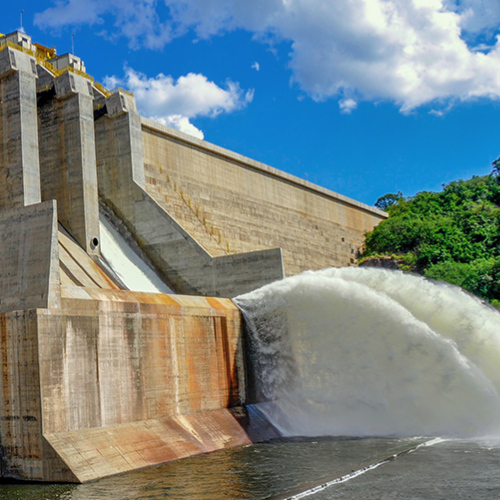Water
Copel’s power generation units will be 100% renewable by 2024, distributed between hydroelectric and wind sources. Hydroelectric generation prevails, mostly in the Iguaçu River basin, located in the states of Paraná and Santa Catarina, in southern Brazil.
Copel maintains a close relationship with the environment, especially with the water used in the energy generation process, which essentially depends on this natural resource. After passing through the turbines and producing electricity, the used water is immediately returned downstream. This return characterizes non-consumptive use of water, since it takes place in the same quantity and quality.
Administrative Use of Water
Water consumption for use in buildings that carry out administrative activities is mostly carried out by public supply companies. Consumption is collected monthly and reported to Copel quarterly. The accounting includes data from the corporate as well as subsidiaries.
Consumption varies depending on the number of people working in administrative buildings and, according to the historical series, it is clear that during the pandemic period there was a considerable reduction in water consumption.
The following table shows water consumption for administrative use over the last six years, in megaliters (ML):
| 2019 | 2020 | 2021 | 2022 | 2023 | 2024 | |
| Collection | 161.01 | 139.19 | 135.71 | 124.51 | 94.99 | 110.7 |
| Disposal | 128.81 | 111.35 | 109.97 | 99.61 | 75.99 | 88.5 |
| Consumption | 32.20 | 27.84 | 25.74 | 24.90 | 18.99 | 22.2 |
Copel considers in its sustainability strategy the rational use of natural resources in conducting processes, programs and initiatives that can directly and indirectly contribute to promoting a responsible corporate culture, making the ESG debate systemic and broad, reinforcing the commitment to development sustainable. Therefore, based on the premises of the Ecoefficiency Program, the goal by 2024 is not to exceed the administrative water consumption of the previous year.
To advance the topic, the Company established a target of reducing administrative water consumption by 5% for 2024 in relation to consumption in 2023.
General Water Use
The following tables show general use in recent years, in mega liters (ML):
Water Collection
| 2020 | 2021 | 2022 | 2023 | 2024 | |
|---|---|---|---|---|---|
| ADM | 139.19 | 135.71 | 124.51 | 94.992 | 110.7 |
| OP | 113,167.91 | 109,152.10 | 94,805.31 | 85,469.44 | 121,763.67 |
| Total | 113,307.10 | 109,287.81 | 94,929.82 | 85,564.43 | 121,874.37 |
Water Disposal
| 2020 | 2021 | 2022 | 2023 | 2024 | |
|---|---|---|---|---|---|
| ADM | 111.35 | 109.97 | 99.61 | 75.994 | 88.5 |
| OP | 113,167.91 | 109,152.10 | 94,805.31 | 85,428.16 | 121,763.00 |
| Total | 113,279.26 | 109,262.07 | 94,904.92 | 85,504.15 | 121,851.50 |
Water Consumption
| 2020 | 2021 | 2022 | 2023 | 2024 | |
|---|---|---|---|---|---|
| ADM | 27.84 | 25.74 | 24.90 | 18.998 | 22.2 |
| OP* | 0 | 0 | 0 | 41.28 | 0.67 |
| Total | 27.84 | 25.74 | 24.90 | 60.28 | 22.87 |
Notes:
- ADM – Administrative (third-party water and groundwater)
- OP – Operational
- * Non-consumptive use
Copel uses rainwater collected from drainage systems in separator tanks at substations. These tanks require water to separate oil in the event of a leak. The use of rainwater avoids the consumption of drinking water in the oil separation process, which has a positive impact on water resource use.
Note: Operational data from the plants in the National Interconnected System (SIN) are made available by the National System Operator (ONS), which is responsible for optimizing water resources in the reservoirs that make up the Brazilian electrical system.
Copel and Water Resources Management
The management of natural resources is essential for the sustainability of the Company’s business, especially in contexts of water scarcity. By means of the proper operation of hydraulic generation projects, Copel contributes to the water security of the multiple uses of water, since the storage of water in the reservoir promotes the regularization of river flows.
Copel’s plants are not located in areas of water stress, according to the Aqueduct tool – Atlas of Hydrological Risk, from the World Resources Institute (WRI).
In addition, the Permanent Preservation Areas (APP) around the reservoirs provide the retention of sediments and impurities that would be carried to the river beds, thus preventing damage to water quality, aquatic fauna and biodiversity.
Law No. 9433/1997 instituted the National Water Resources Policy and created the National Water Resources Management System. Among the foundations of the Policy is decentralization and the participation of the Public Power, users and communities in the management of water resources.
With a specialized technical staff, Copel is represented in the various forums that make up the National Water Resources Management System, always defending the best management of water, its multiple uses and the interests of the hydroelectricity sector, which is one of the main sources of revenue of the Company.
The Water Resources management team is also responsible for managing the granting of rights to use water resources to take advantage of the potential of hydraulic energy, an important instrument of the National Policy on Water Resources, which aims to ensure quantitative and qualitative control of uses. of water and the effective exercise of rights of access to water.
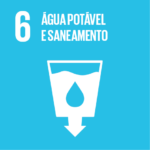
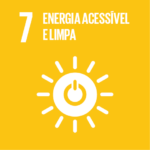


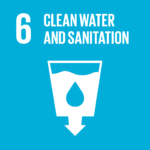
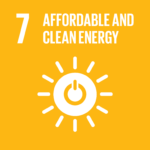

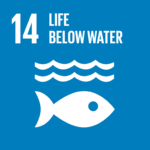
Hydrological
Monitoring
The storage of reservoirs and the regularization of water flow, promoted by the construction of hydroelectric plants, are important monitoring variables for the better use of water resources in energy production operations and for the purpose of guaranteeing access to multiple uses of water.
Copel maintains a hydrological monitoring network in hydrographic basins with hydroelectric facilities in operation. This network is composed of several hydrological stations, where there is data collection such as water level of rivers and reservoirs, and rainfall information.
Such data, after processing in the Reservoir Monitoring System, assist and guide the operations of the hydroelectric plants. Hydrological monitoring of the basins where Copel has projects in operation is available on the Copel Geração website.
Water Quality
Copel carries out periodic monitoring of water quality in all its reservoirs, analyzing more than 25 physical, chemical and biological parameters, in addition to qualitative and quantitative monitoring of local phytoplankton.
Copel also continuously and periodically monitors the quality of surface waters, which starts even before the implementation of the project and continues during operation.
This activity has been carried out systematically since 2003 in all reservoirs and rivers of hydroelectric plants, small hydroelectric plants, hydroelectric generating plants and thermoelectric plants, in compliance with the conditions of the Operating Licenses and as defined in ANA-Aneel Resolution nº 03/2010 .
Monitoring results are expressed through three indices:
• IQA – Water Quality Index
• IET – Trophic State Index
• IQAR – Reservoir Water Quality Index
The IQA and the IET are based on the methodologies of the Environmental Company of the State of São Paulo (Cetesb), while the IQAR is calculated based on the IAT methodology. The periodicity of
collection and analysis is quarterly, except for the GBM HPP where five campaigns are carried out per year and the number of monitored points depends on the type and size of the enterprise.
Monitoring the quality of water in Copel’s rivers and reservoirs, with historical data from more than a decade, has served society and, in particular, the scientific community, being used in academic publications, among theses, dissertations, scientific articles and chapters. of books.
Currently, the monitoring network has 41 monitoring stations in 18 generation projects, 18 of which are classified as river stations (upstream or downstream of the reservoirs) and 23 stations in the reservoir body.
The results of the monitoring campaigns are fed into a database and reports are sent annually to the environmental agency and the National Water Agency.
To learn more about Water Quality Monitoring, access the program here.
Dams
Dams are important structures in the Company’s business, since they concentrate most of the energy-generation capacity. However, as in any engineering project, they pose an intrinsic risk associated so different factors, both internal or externals.
In order to mitigate these risks and ensure the integrity of dams under its responsibility, Copel works preventively through criteria and procedures aligned to best engineering practices and legislation in force. Hydroelectric Power Plants have a Dam Safety Plan (PSB) and the Emergency Action Plan (PAE), in accordance with legal parameters.
